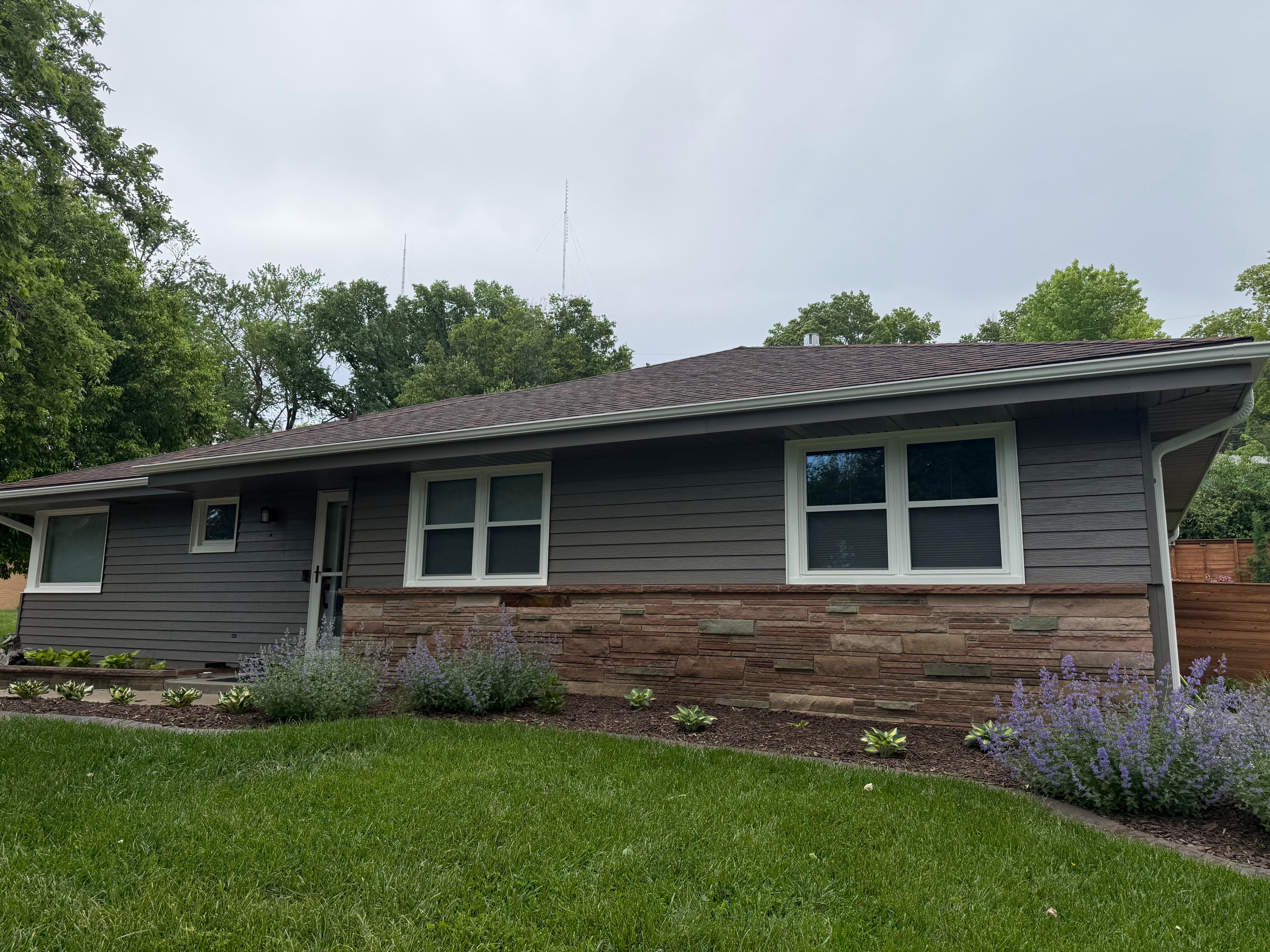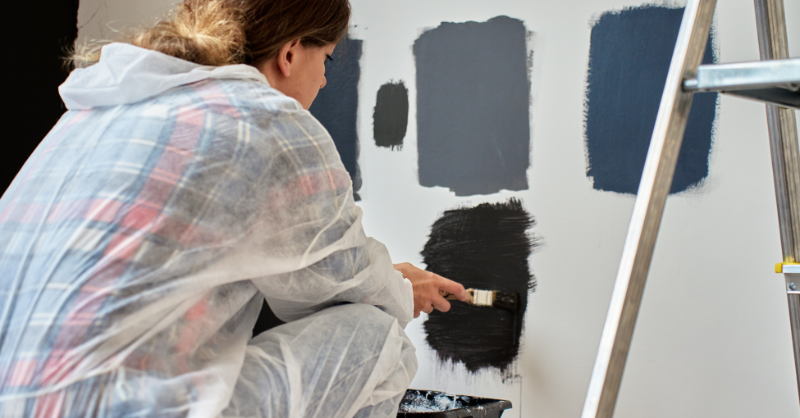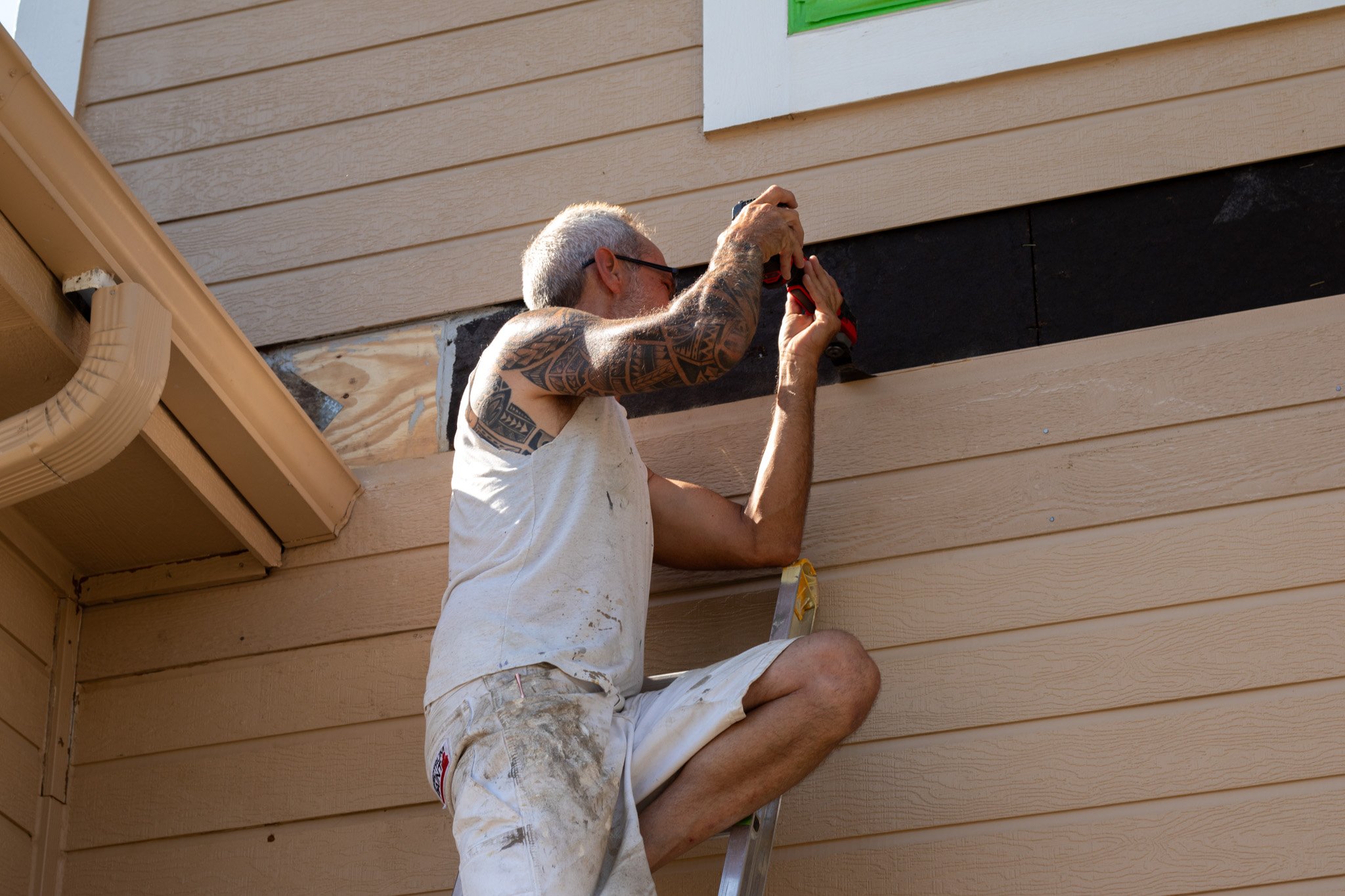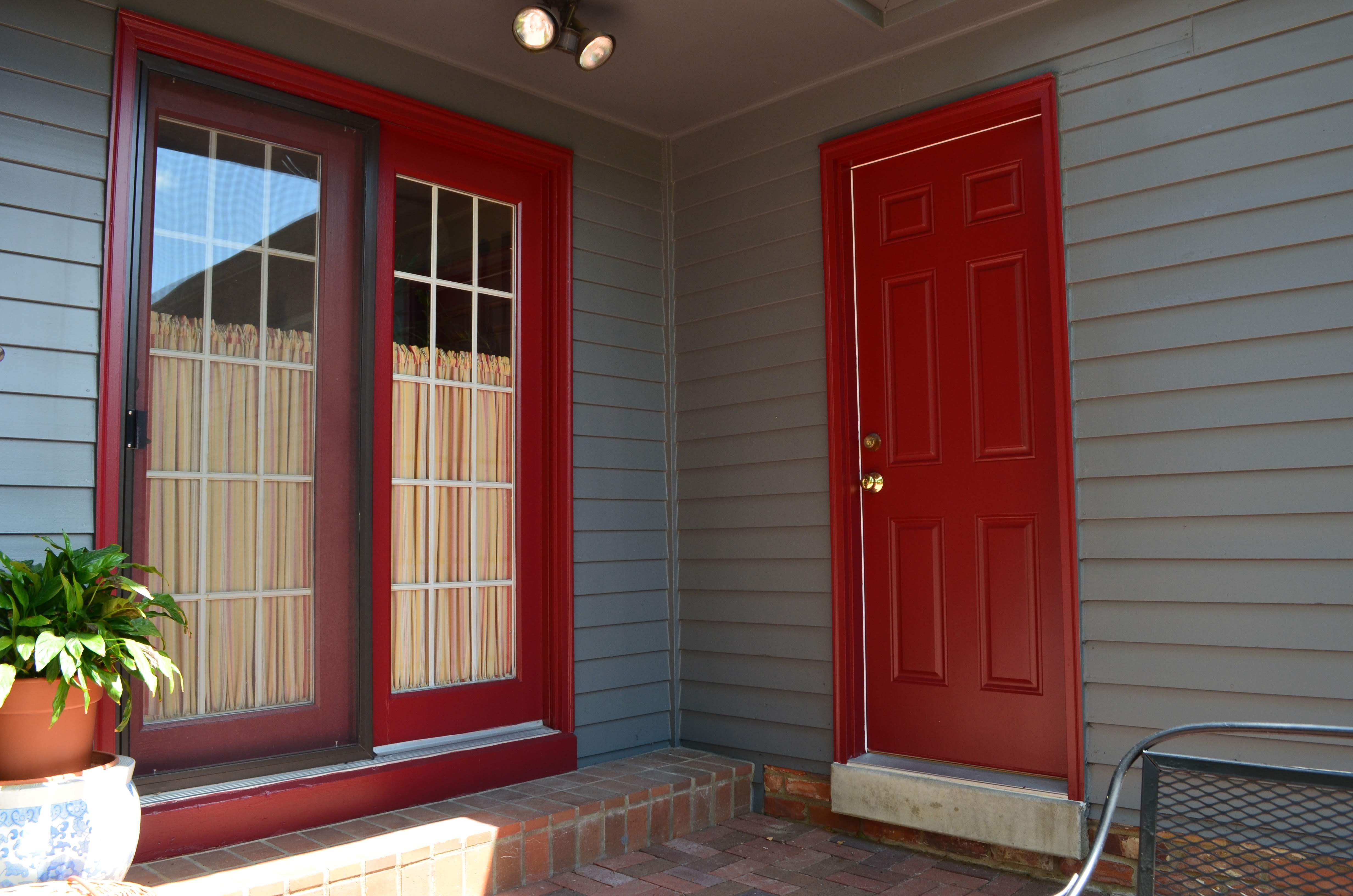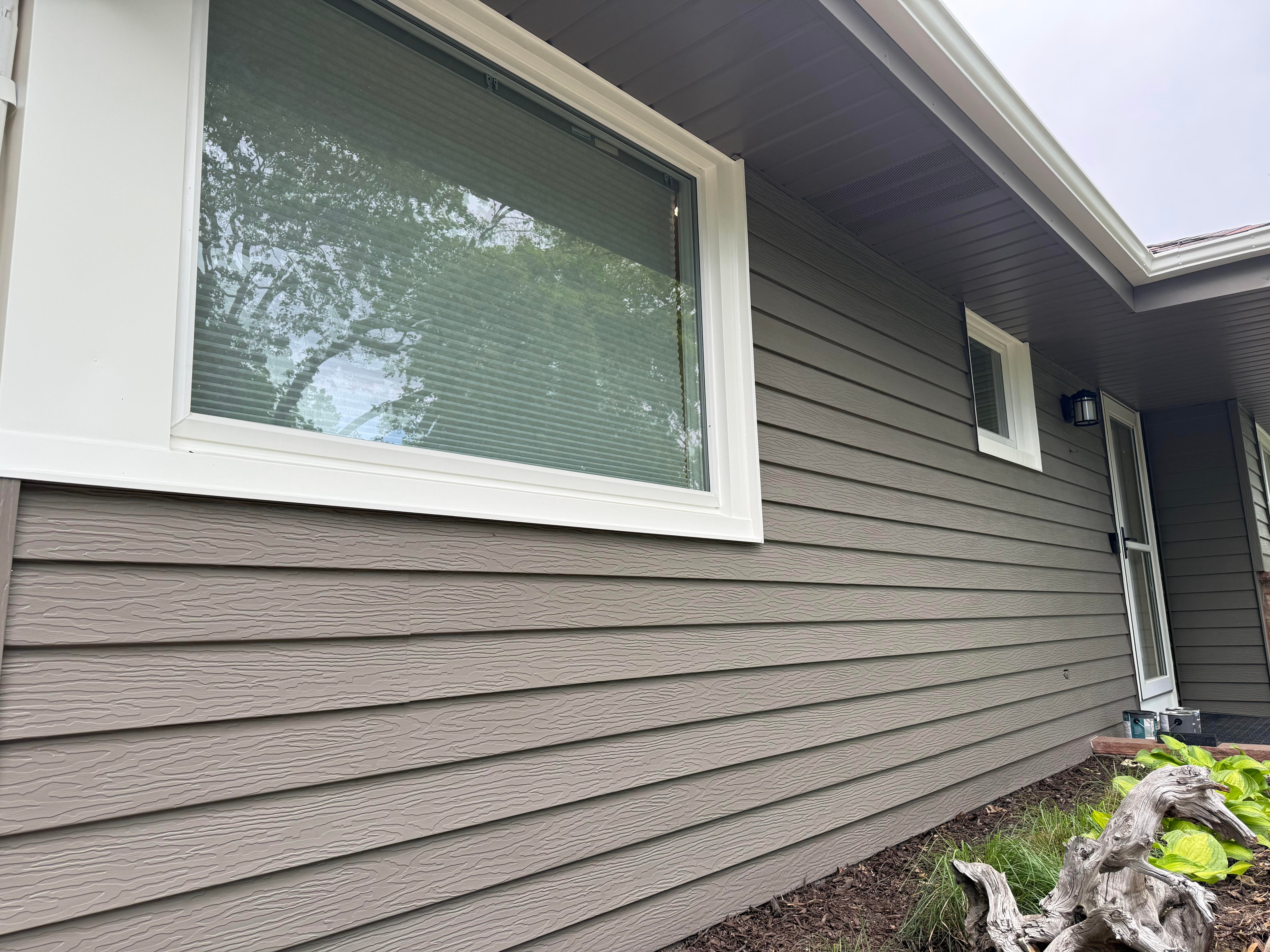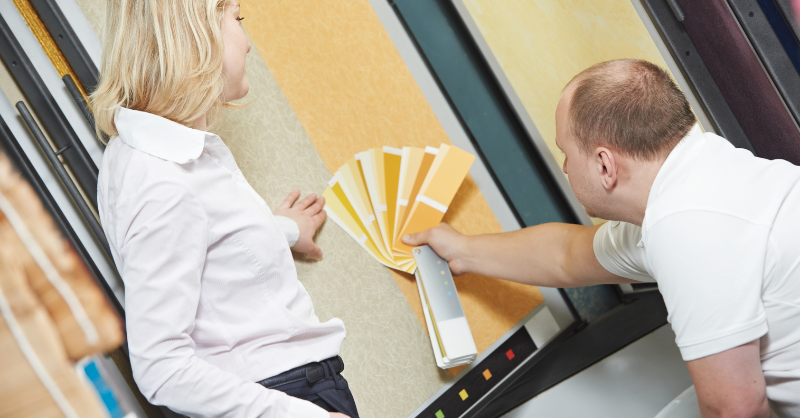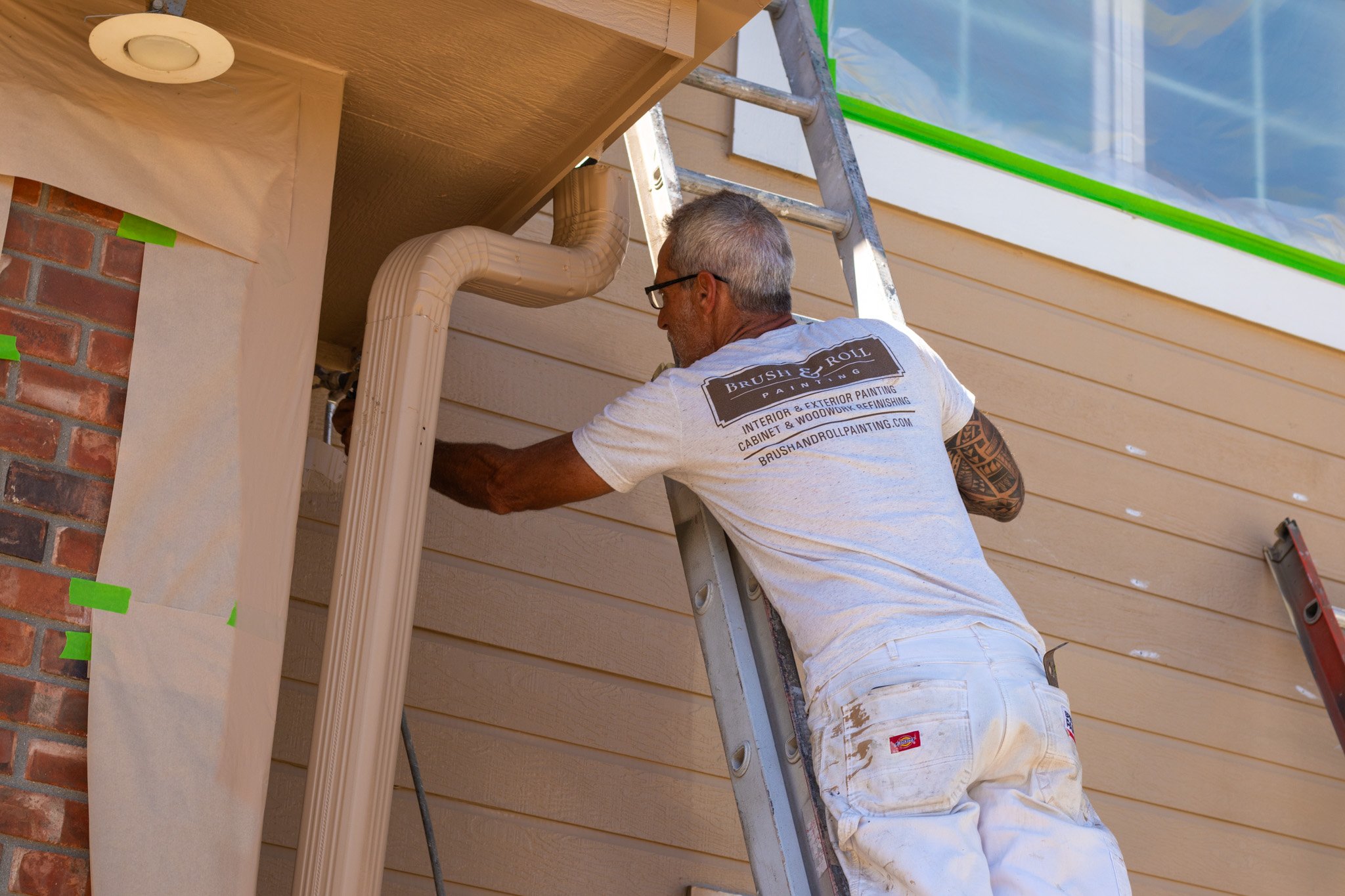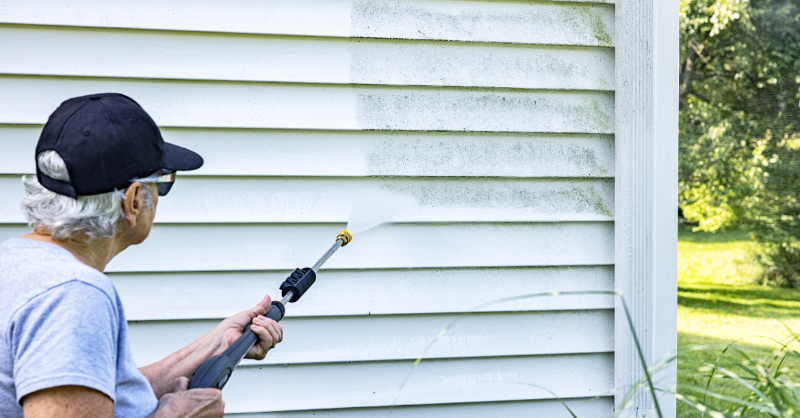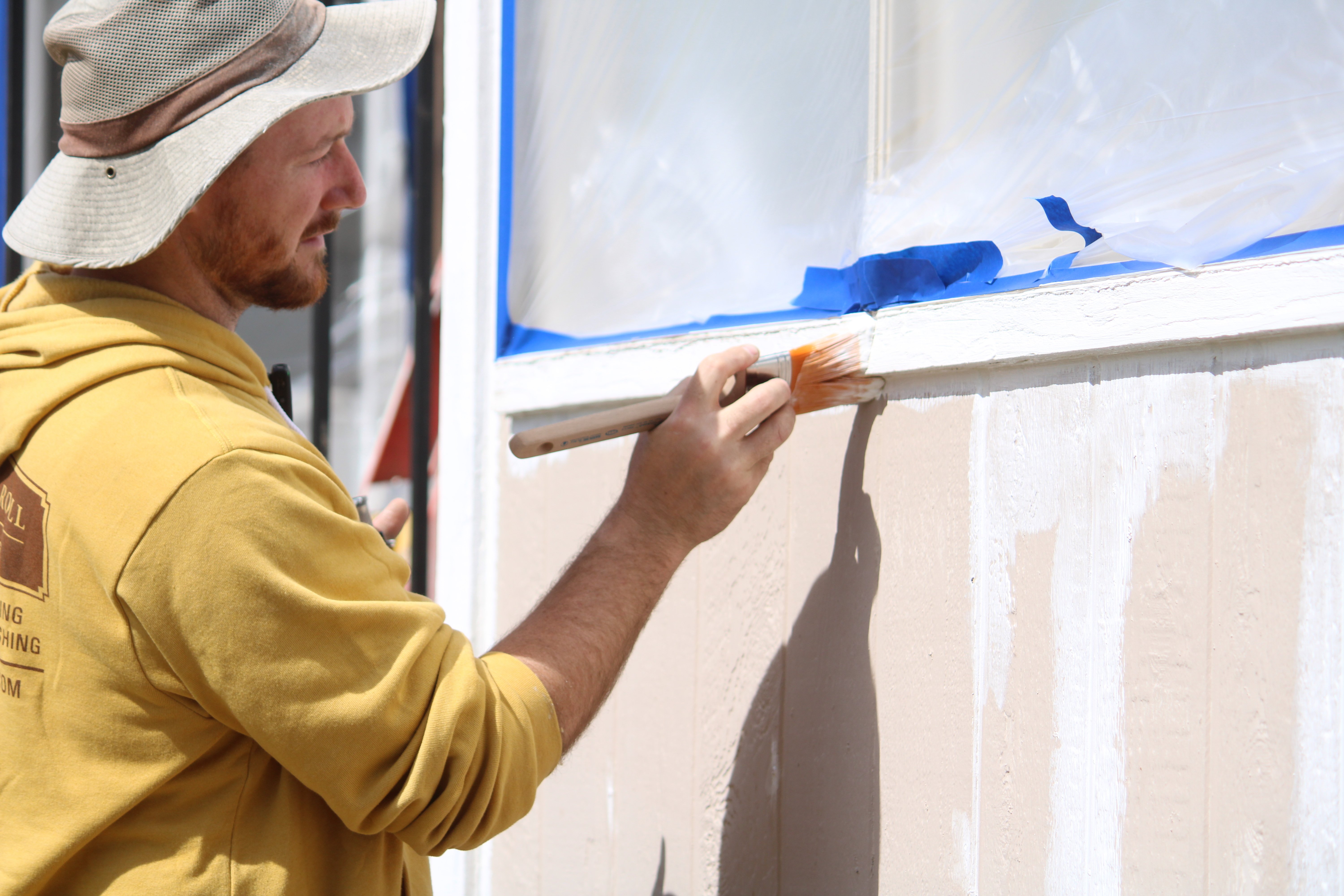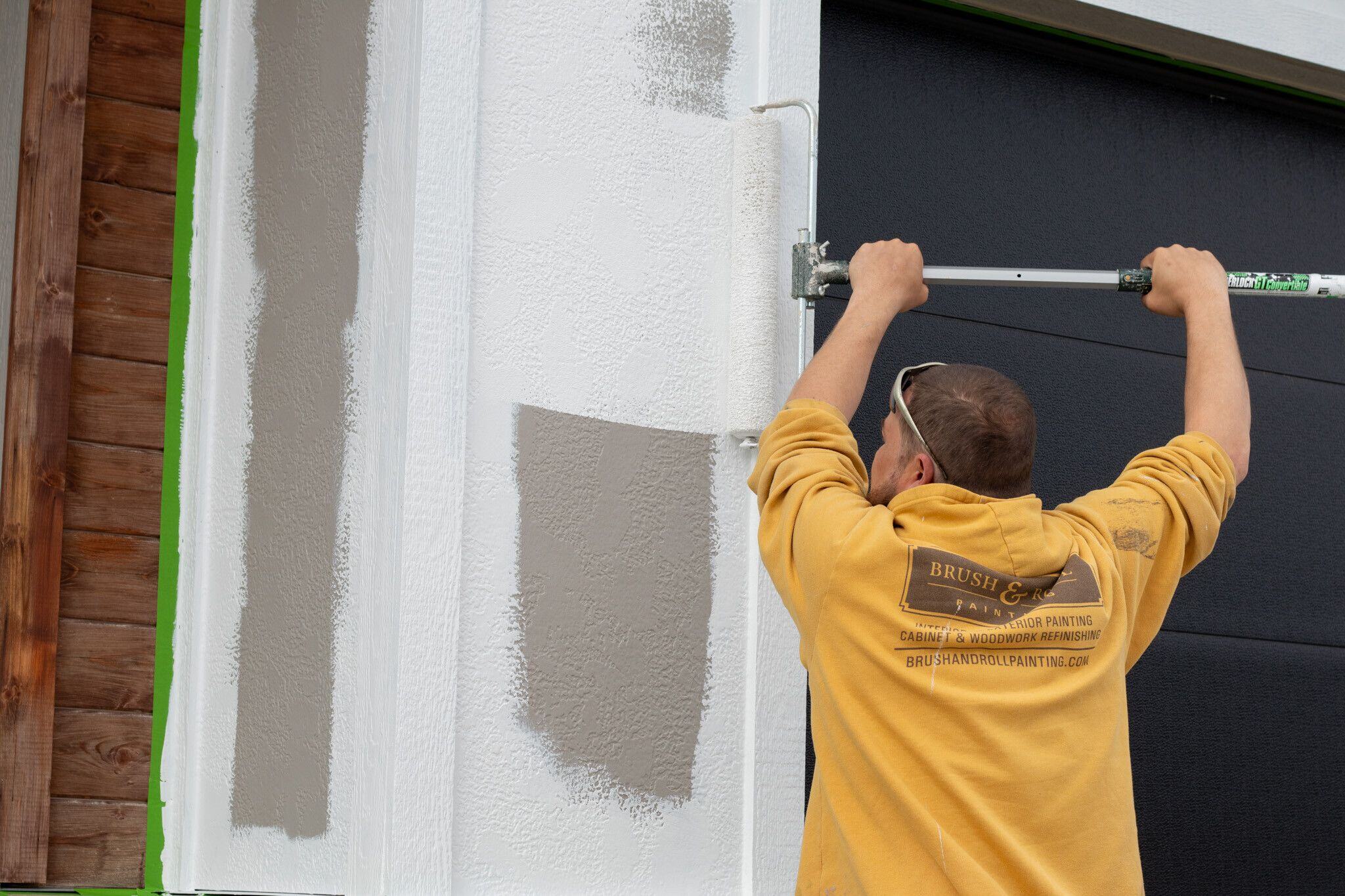
Having a stucco exterior is a bit unlike having an exterior that is made of other material -- it can be quite tricky to work with and if you're not careful when you're working with it, you could make quite an unpleasant mess, even inadvertently.
Fortunately, you can count on doing a good job of painting even the most tricky stucco exterior should you be well aware of some of the complexities involved with doing so.
At Brush & Roll Painting, we pride ourselves on our expertise in handling the unique challenges of painting stucco exteriors. Our team understands that stucco requires a specialized approach to ensure a flawless finish, and we have honed our skills to deliver exceptional results every time.
In this article, we will share valuable tips and insights on how to effectively paint stucco surfaces. Whether you are painting the stucco yourself or hiring a painter in Omaha to paint stucco, by reading this article, you'll know the necessary steps to prepare and paint stucco, ensuring a beautiful and long-lasting finish for your home.
Tips for Painting Stucco
1. Wait Before Painting New Stucco
When stucco is newly applied to the exterior of your home, the last thing you are going to want to do is to rush right into painting. Instead, you need to give the exterior ample time to properly cure.
This curing process is essential because it allows all the moisture within the stucco to evaporate, ensuring that the material is as dry and stable as possible before you begin painting.
The curing process typically takes several weeks, depending on the climate and weather conditions. During this time, the stucco undergoes a chemical reaction that strengthens it and makes it more durable. Skipping this crucial step can lead to a host of problems.
Prematurely painting your stucco exterior is a bad idea because you're likely going to end up with a stucco surface that is significantly compromised. The paint may not adhere properly, leading to peeling, bubbling, and other unsightly issues.
Additionally, the trapped moisture can cause the stucco to crack and deteriorate over time. This means you could find yourself having to spend considerable time and money repairing the damage caused to your stucco exterior, which could have been easily avoided by allowing the stucco to cure fully.
Patience during this initial phase is key to achieving a beautiful and long-lasting paint job.
2. Make Sure To Clean the Stucco
On the other end of the spectrum is when you have a stucco exterior that is older, and you need to take the time to clean it thoroughly before you even think about repainting it. Over time, stucco surfaces can accumulate a significant amount of dirt, dust, grime, and even mold or mildew, especially if they have been exposed to the elements for an extended period. This buildup can create a layer of debris that interferes with the paint's ability to adhere properly to the stucco surface.
Dirt and contaminants can prevent the paint from bonding effectively with the stucco, leading to a finish that is uneven, patchy, and prone to peeling or flaking over time. This not only diminishes the aesthetic appeal of your home but also reduces the longevity of the paint job.
Paint doesn't adhere well to dirty stucco, and so you're not doing yourself any favors if you don't clean before you begin painting. To ensure the best results, it's essential to use a high-pressure washer or a scrub brush with a suitable cleaning solution to remove all the dirt, dust, and other contaminants from the stucco surface.
This step may require some effort, but it is crucial for achieving a smooth, even, and long-lasting paint finish.

3. Rough Texture Means More Paint
Stucco in general does require more paint than your average surface being painted (along with brick, of course), but depending on the texture, you might be looking at using significantly more paint. This is because stucco surfaces are often porous and uneven, which means they absorb more paint and require additional coats to achieve a uniform appearance. The rougher the texture of the stucco, the more paint you will need to cover all the nooks and crannies effectively.
Rough texture means that you will be using more paint than if the texture of the stucco is smooth. The peaks and valleys of a rough stucco surface create more surface area that needs to be covered, and this can lead to higher paint consumption. Additionally, rough textures can make it more challenging to achieve an even coat, often necessitating multiple layers of paint to ensure complete coverage and a consistent finish.
4. Masonry Caulk For Small Cracks
If you find that you have small cracks in your stucco surface, you will need to take care of them using masonry caulk. This step is crucial because these small cracks, if left untreated, can lead to significant issues down the line. Masonry caulk is specifically designed to fill and seal these cracks, preventing moisture from seeping in and causing further damage.
The reason that this is so important is that if you just go on painting and don't notice the cracks in your stucco, your paint will go into the cracks and ultimately you'll have painted stucco that just has cracks in it. This not only results in an unsightly finish but also compromises the integrity of the stucco. Over time, water can infiltrate these cracks, leading to mold growth, structural damage, and a host of other problems that can be costly to repair.
5. Acrylic Primer Is Best For Stucco
The best kind of primer that you could use when you are getting your stucco surface ready for painting is an acrylic primer. Acrylic primers are specifically formulated to provide excellent adhesion and durability on porous and uneven surfaces like stucco. They create a strong bond between the stucco and the paint, ensuring that the paint adheres properly and lasts longer.
Stucco has what one might call an uneven surface, characterized by its rough texture and numerous crevices. When you're dealing with such a surface, it's good to have a primer that is acrylic because it penetrates the pores of the stucco, sealing them and creating a smooth, even base for the paint. This helps to prevent issues such as peeling, flaking, and uneven coverage, which are common problems when painting stucco without the proper primer. Additionally, acrylic primers are flexible and can expand and contract with the stucco, reducing the risk of cracks and other damage over time.
6. Back Rolling To Get Rid Of Lines
When you are painting with spray paint, there sometimes are lines that appear as a result of the process. These lines, often referred to as "lap marks" or "streaks," can occur when the spray paint overlaps unevenly or when the paint dries too quickly, leaving visible lines on the surface. This can be particularly problematic on stucco surfaces, which already have a rough and uneven texture that can make these lines more noticeable.
To address this issue and ensure a smooth, professional finish, it is essential to use a paint roller immediately after spraying. This technique, known as "back rolling," involves rolling over the freshly sprayed paint with a roller to blend the paint and eliminate any lines or streaks. By doing so, you can achieve a more even distribution of paint, ensuring that the surface looks uniform and flawless. The roller helps to push the paint into the crevices and texture of the stucco, providing better coverage and adhesion.
Using a paint roller to correct these lines not only improves the appearance of the paint job but also enhances the durability of the finish. The roller helps to work the paint into the surface, creating a stronger bond and reducing the likelihood of peeling or flaking over time. With this method, you can ensure that the final result is smooth and consistent, and you will never know that the lines were ever there.
7. Don't Paint Stucco In The Rain
Painting is not really such a great idea when it's raining or sprinkling, as these conditions can significantly affect the quality and durability of your paint job. However, painting when it is raining outside is certainly not recommended when you are painting stucco. Rain can introduce moisture to the stucco surface, which can prevent the paint from adhering properly. This can result in a range of issues, such as bubbling, peeling, and an uneven finish. Additionally, the wet surface can cause the paint to run or streak, leading to an unsightly appearance.
Stucco that gets wet is not stucco that you want to paint -- that will lead to all kinds of paint problems later on. Moisture trapped beneath the paint can cause the stucco to deteriorate over time, leading to cracks and structural damage. Furthermore, the presence of moisture can promote the growth of mold and mildew, which can compromise the integrity of the stucco and pose health risks.
Painting Your Exterior Stucco
Painting stucco exteriors requires careful preparation and attention to detail to achieve a durable and aesthetically pleasing finish. By following these guidelines (or hiring a painter that will) in this article, you can ensure a successful and long-lasting paint job for your stucco exterior.
If you need a professional to help you with your exterior painting in Omaha, NE, our team at Brush & Roll Painting can help. With nearly 30 years of experience, our process from getting a quote to our 9-year warranty provides a quality paint project that lasts.
Click the button to get a quote for your stucco exterior home painting project.
If you're not ready to get a quote for your project, download your exterior painting project checklist. Even if you are hiring a painter, it is crucial that you stay confident and comfortable through every phase of your project. The last thing you need is costly mistakes. After all, you are putting a large investment into the exterior of your home, so you deserve to get the best results.
Bill is the owner and operator of Brush & Roll Painting. Bill Carlson is a second-generation painter. He grew up working with his father’s painting and restoration company. After graduating from Bennington High School, he served in the US Navy, traveling with the boxing team. While this was a great opportunity to see the world, it also made him realize how much he loved his little world here in Nebraska. He settled back into the painting industry, working with his brother. It wasn’t long before Bill’s entrepreneurial spirit pushed him to start his own business. Always one for a challenge, he longed to prove to himself that he could be as successful on his own as both his dad and brother were.
Topics:









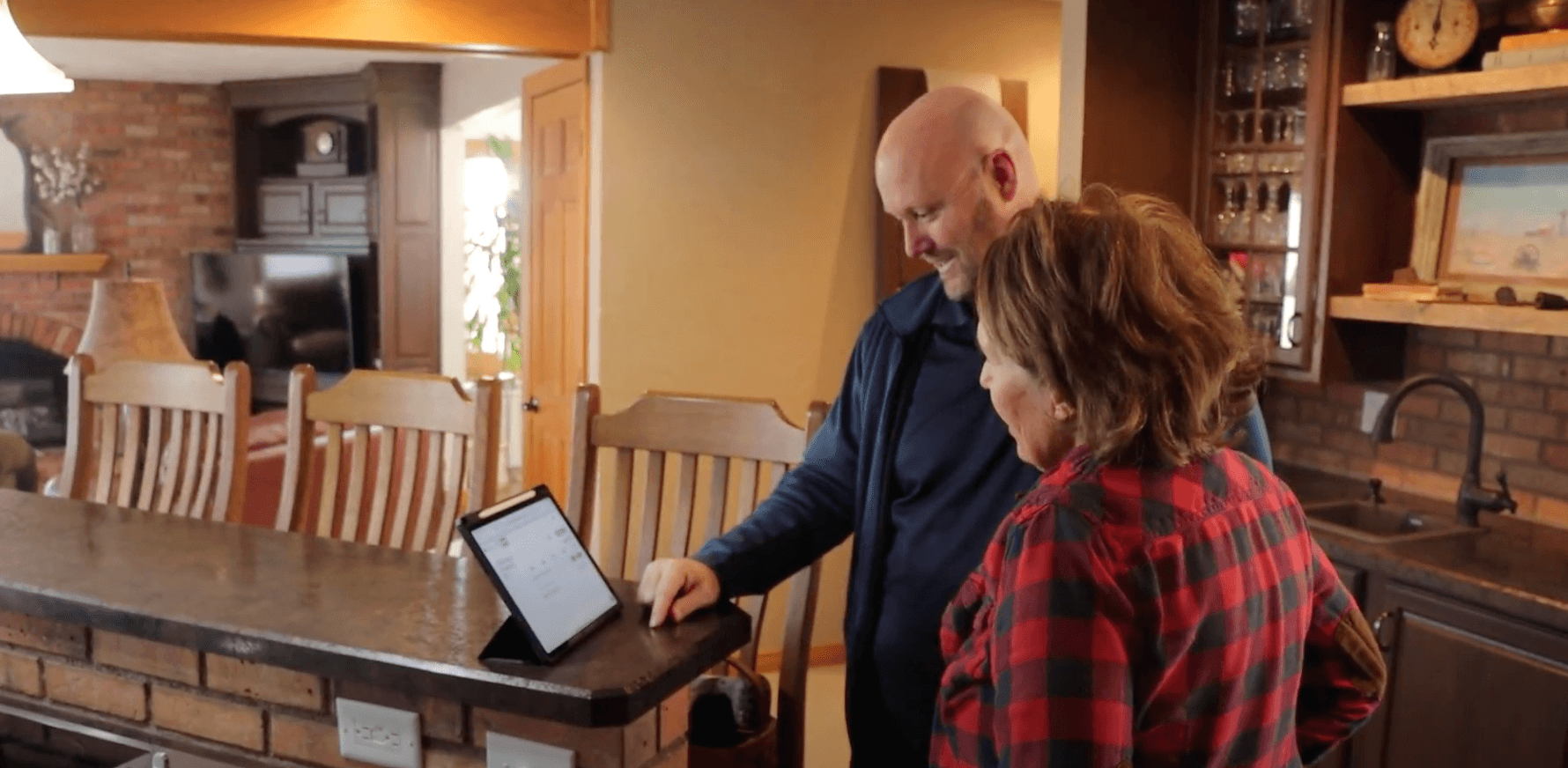

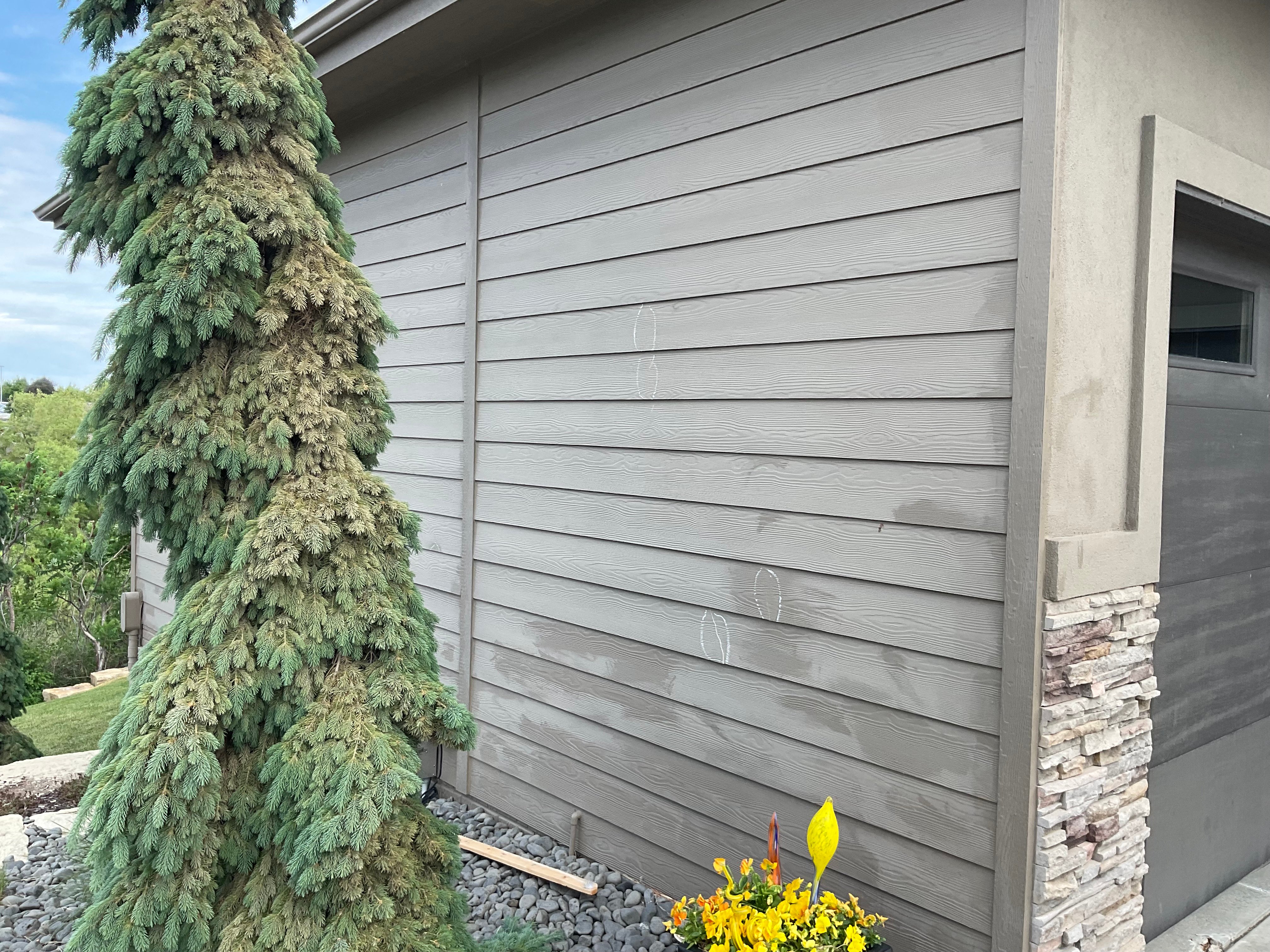
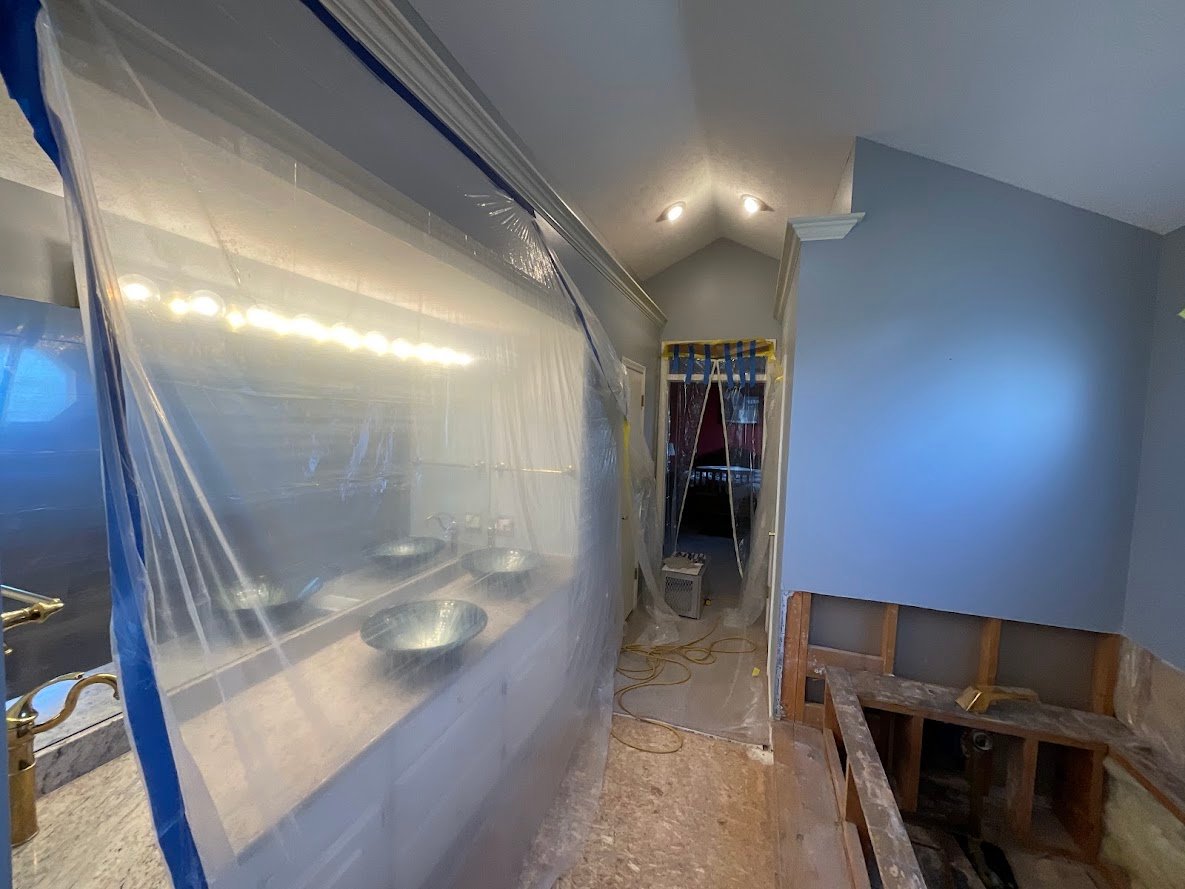
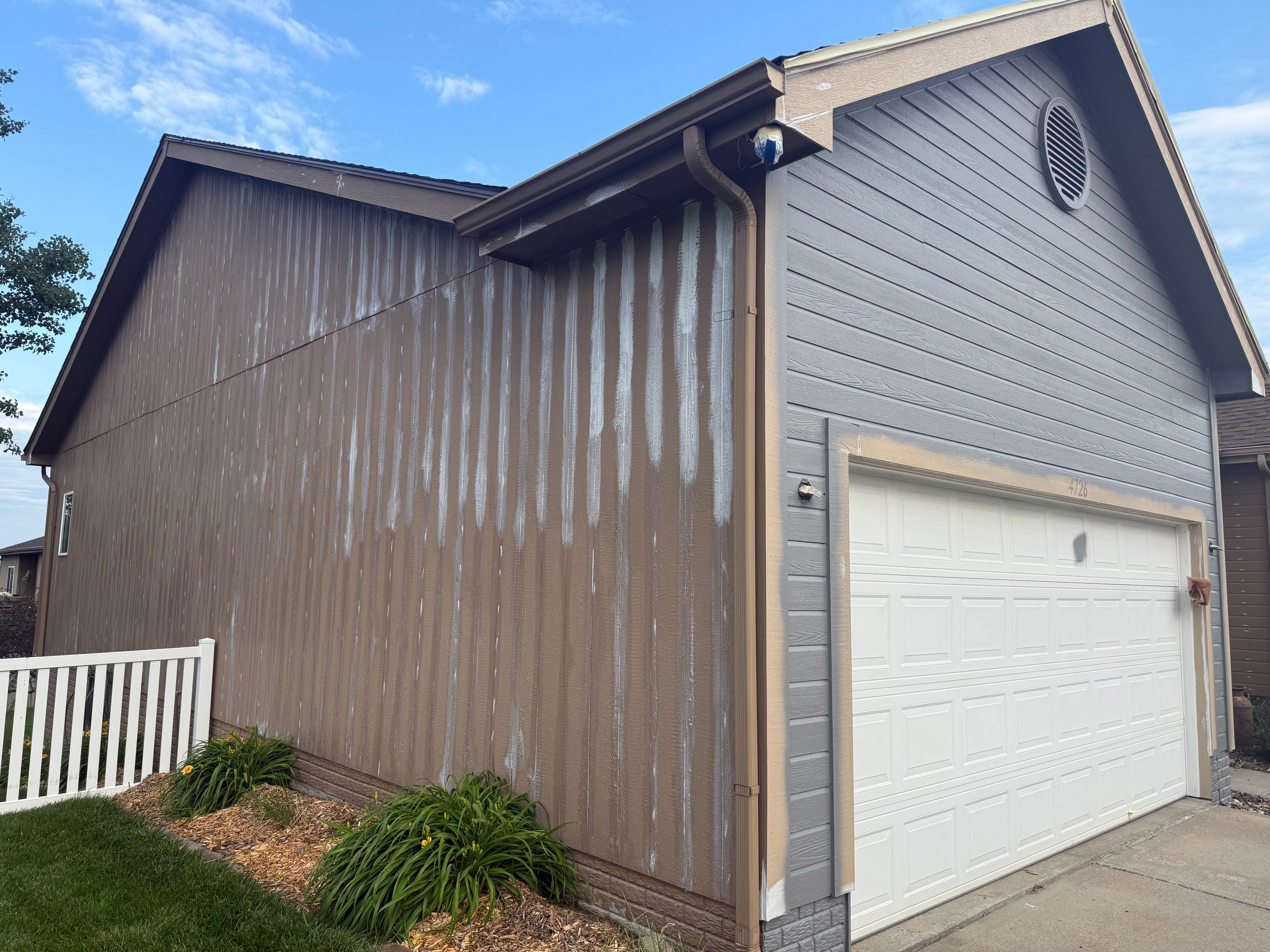
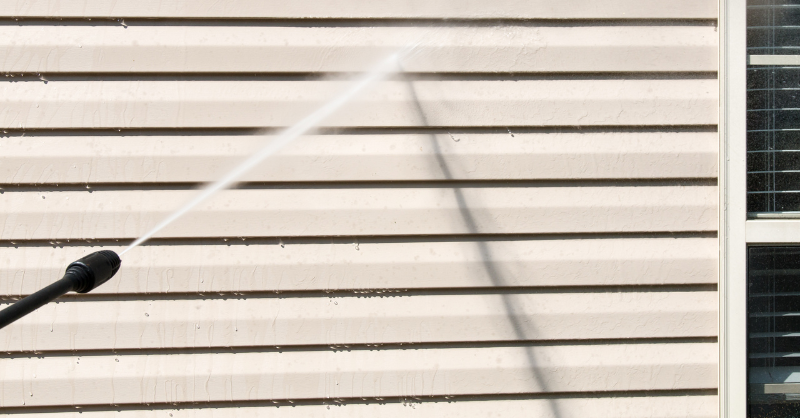
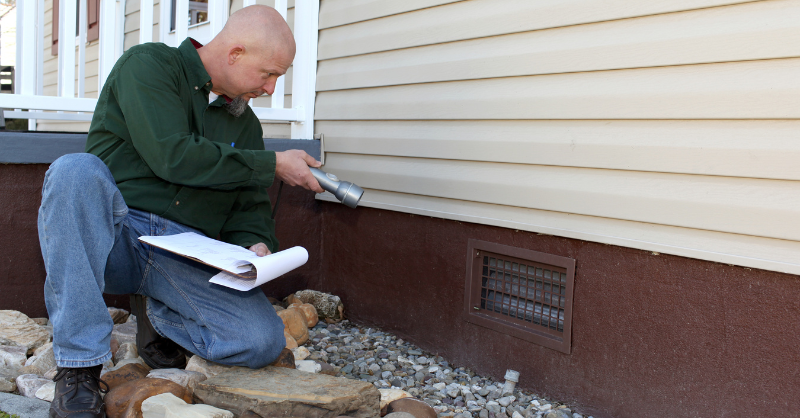
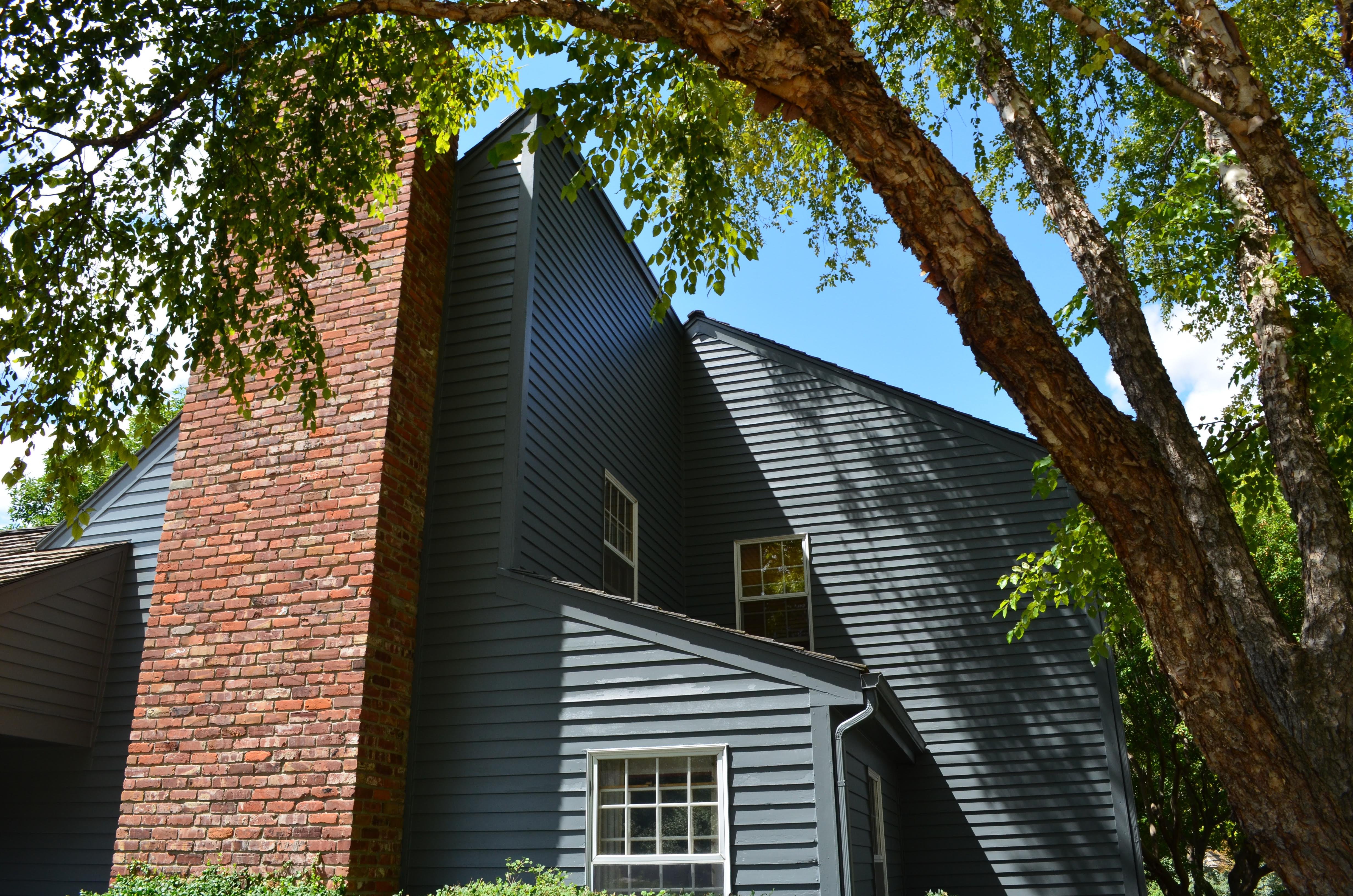
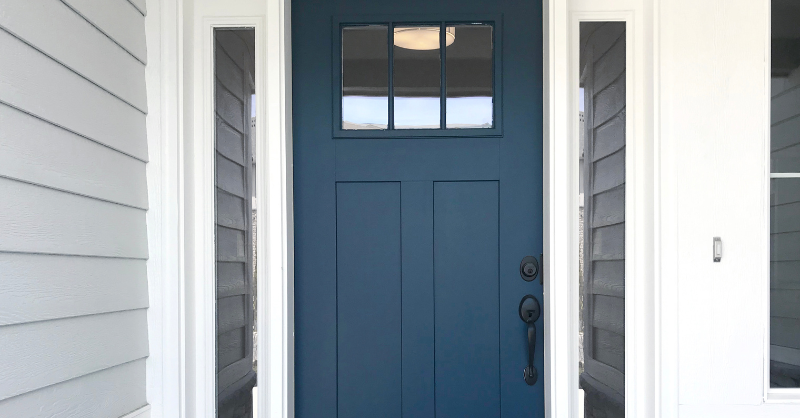
-Jul-21-2025-01-36-44-6117-PM.png?width=800&height=418&name=Blog%20Post%20Image%20Size%20(1)-Jul-21-2025-01-36-44-6117-PM.png)

